-
Posts
2,034 -
Joined
-
Last visited
Content Type
Profiles
Blogs
Forums
American Weather
Media Demo
Store
Gallery
Everything posted by Stormchaserchuck1
-
There have been a lot of clear sky days lately. With the pattern switching to La Nina, maybe we are going to start having drier conditions.
-

Late Feb/March Medium/Long Range Discussion
Stormchaserchuck1 replied to WinterWxLuvr's topic in Mid Atlantic
I think it will verify. Everyone pretty much knows that it's not going to snow for the next 16 days. That would be much more difficult without models. Humans like to be challenged, because that's how they learn best. -

Late Feb/March Medium/Long Range Discussion
Stormchaserchuck1 replied to WinterWxLuvr's topic in Mid Atlantic
That is a massive -PNA (in the Pacific) through Day 16 on the 12z GEFS! -

2024-2025 La Nina
Stormchaserchuck1 replied to George001's topic in Weather Forecasting and Discussion
A hot summer may be likely. Here is Summer patterns of all 19 La Nina's minus El Nino's since the PDO went negative, and AMO went positive in ~95-98. That trough up north over the Bering Strait and Alaska is a very warm pattern for the CONUS: 0.5 is a high correlation for what's going on far away in the Summer months. Here's the long wave connection -

Presidents' Day Storm of 1979 -- Most Memorable Snowstorm Ever
Stormchaserchuck1 replied to RodneyS's topic in Mid Atlantic
Weird that the CDC composites doesn't have it. https://ibb.co/syZ7nVz Unless this is it? https://ibb.co/hC0bxT5 -

2024 Atlantic Hurricane Season
Stormchaserchuck1 replied to Stormchaserchuck1's topic in Tropical Headquarters
The orientation and strength of current Atlantic SSTs supports an active season. Here is an anomaly map: Since 1995, Positive analogs: 2016, 2011, 2010, 2007, 2002, 1998 Since 1995, Negative analogs: 2018, 2015, 2014, 2012, 2009, 1999 Positive analogs: 15.5 NS/yr, 7.7 Hurr/yr, 3.3 MH/yr Negative analogs: 12.3 NS/yr, 6.5 Hurr/yr, 2.5 MH/yr. (12 analogs encompasses 41% of total timeframe (95-23)) Feb 2024 is the warmest east of the Caribbean of all the analogs. -
Mitchnick posted something today that models are projecting a 10mb wind reversal March 5 - Apr 2. There is a 10-15 day lag at this time of year with most probable -AO effects, so that would support a ~March 15-Apr 12 -AO, if it verifies. We had this cold 10-day period in January: https://ibb.co/wYR5Jqk But otherwise, it's been a very warm Winter. If I graded the last two 10mb warmings with average time lag, it would just look warm everywhere.. that doesn't necessarily mean late March is going to be warm though. Models haven't been too great on the strength of these Stratosphere warmings so far this Winter, but they have been right from this average time lead, of events happening. That we have a strong -QBO (2nd lowest January reading on record) and Stronger El Nino also supports +10mb conditions persisting through the cold season..
-

2024-2025 La Nina
Stormchaserchuck1 replied to George001's topic in Weather Forecasting and Discussion
I think that after the Sun started quieting down after the 1990s, we started getting more La Nina's: -
I think the Hadley Cell is really strong right now. I'm very impressed by this -PNA, and that it looks to continue through March. I think that favors a hotter Summer, which would mean possibly ridging in SE Canada, which favors SE hits, but we haven't seen that pattern in many years, but I don't see +pna's/passing troughs in the heart of Summer this year. Raleigh, NC is likely to go 1000 days without any snow!
-
Atlantic Hurricanes have increased 180%, but EC landfalling storms are only 60% during that time. The biggest difference is over SC/NC, and I think the east coast of Florida is also below average.
-
I guess we could have done better in this storm. I was all over presidents day time period like 20 days ago, because there was a favorable 500mb setting up. If you plot most snowfalls for the area, you really see that feature of +PNA displaced a little east, over the gulf of alaska, but still far enough west where we get a downstream trough. We repeated that pattern perfectly for this storm. Then there were mild -NAO conditions. When Allentown, PA plots 12"+ snowstorms, the pattern matches! That's all. If anything it speaks about how model progression has really slowed since the early 2000s, when a LR 500mb can hit it but not the Hrr and RAP lol.
-

Late Feb/March Medium/Long Range Discussion
Stormchaserchuck1 replied to WinterWxLuvr's topic in Mid Atlantic
Yeah we have a pretty good warming going on now. The lag at this time of the year is 15 days, so that puts us into the first few days of march with -NAO correlation. Some models are showing an aggressive 2nd wave warming ~March 5-25. That one is +10-15 days, so March 15-April 5 -NAO correlation. The problem is the Pacific 500mb pattern.. we need a pattern change there. Subsurface ENSO cold water has changed the PNA to negative, and with lingering -PDO the EPO is positive there.. our chance is that these cycles tend to happen every 40 days (MJO, etc), so after some time the -PNA tendency starts to wane a little. If we can time a Pacific change with favorable NAO in March, but we just have so much tendency toward a bad Pacific/warmth for March right now.. I've posted this earlier, but we have the highest 6-year anomaly for a 2-month period on records, by a good 20%. ^ 3 Neutral/El Nino years happened within that, too. Just a really strong part of the cycle we are in. I would think if the NAO goes negative in March, its long term correlation would hold, and we would have more tendency to have a -pna/+epo pattern too. We'll see! -
Then you're not paying attention. If they weren't valid, I wouldn't use them. I get your blank assertions knowings. They probably have busted more times too high than too low over the last 4 years. The last 2 storms are great examples of 20:1 posting model charts showing 6-8" vs 2" snow depth, and the later verifying. Everyone acts like the models shifted last minute. That's really what they tell themselves! "384hr GFS again"!
-

El Nino 2023-2024
Stormchaserchuck1 replied to George001's topic in Weather Forecasting and Discussion
Yeah, I mean the 500mb pattern matches east-based Nino's vs central or western based. I know we started off east-based, but you're right, technically Nino 4 was pretty warm. -

El Nino 2023-2024
Stormchaserchuck1 replied to George001's topic in Weather Forecasting and Discussion
I plotted them all before, but I lost the research, or I would give you analogs. I'll have to go through and do it again. I do know the EPS was showing a strong reversal from about this range (for January) all through December, and that ended up being only really 3-4 days of strong anomalies hitting +1800-2000. The rest of the days were +1000-1400. Historically, there quite a few events that went >+1800 for many days (10-14+). It seems that the EPS is showing that stronger event happening, but it has been a little flimsy in the long range this year. I also think that if there is tendency for the NAO to go negative in March, I think there will be equal tendency for -PNA/+EPO conditions to also occur. -

El Nino 2023-2024
Stormchaserchuck1 replied to George001's topic in Weather Forecasting and Discussion
The effects on the 500mb NAO are almost immediate (~10 days) once you get to mid-late March. We have a minor warming going on now: https://ibb.co/YBdKxQb The typical lag time in mid-late February is 15 days. They are minor NAO correlations for minor Stratosphere warmings though. -

El Nino 2023-2024
Stormchaserchuck1 replied to George001's topic in Weather Forecasting and Discussion
The pink, purple, orange skyline/clouds in the last few years is too dreamy to be from a volcano. -

El Nino 2023-2024
Stormchaserchuck1 replied to George001's topic in Weather Forecasting and Discussion
Thanks. It's amazing how much we matched PDO this year: All you had to do was roll forward that SST configuration in the Summer/Fall. You can see how El Nino correlated too, with the NPH (North Pacific High) off the West Coast, US, rolling up into Siberia. Combination of Strong East-based El Nino and Strong -PDO (Fall) did very well in the Pacific 500mb this Winter. -
I don't really feel like arguing this. Let's just say to check the soundings is the best way to go. Another point is that in the warmer sector of the last few storms, we have been drying up. That's because the frontogenesis sets up to the north where it's colder. They are not really two separate things. I noticed in 2020 I think that the snow depth was hitting it every time, and that continued through last year, and now it's 5/6 in the area this year.. it's just a little weenieish to post that 0.58" of precip is going to produce 5-6" of snow when the temp is 35. I feel bad because I know there's a lot of younger people that check the board (like me when I was younger) and they just want an accurate assessment. I don't really feel like arguing this anymore though.
-
I think +PNA still works. I've seen many cold periods lately, when the PNA lines up right. The -NAO is ridging north, and even the -AO and -EPO to an extent, but the W->E flow pattern is still in effect. The global +13dm -PNA over the total last 25 years is a major anomaly, and no one should be making assessments about snow seasons being over because of that anomaly. As far as I know, it's cyclical.
-

The Weekend Rule? Saturday 2/17 - The Icon Storm
Stormchaserchuck1 replied to DDweatherman's topic in Mid Atlantic
Walking around in the grass, it appears that I got 3". -
In marginal situations, those high conversion rates don't work. Since temps were always suppose to be in the low 30s, I was right that models never showed more than 4".. I've looked at the snow depth product of every model since they started showing snow for this timeframe. Up where it was colder, they went higher.. that's how it works. I would say that over 28 degrees you get the ratios shown on snow depth, and under 28 degrees it maybe goes a little higher. NWS updated at 9pm today with 5-8" hold.. What were they thinking? Anyway it was very defensive pointing out that the models were not actually showing 4-6" around DC last night.. that's all. Hope you enjoyed the snow.
-

The Weekend Rule? Saturday 2/17 - The Icon Storm
Stormchaserchuck1 replied to DDweatherman's topic in Mid Atlantic
I'm at about 2". https://ibb.co/P1YBHBZ -

The Weekend Rule? Saturday 2/17 - The Icon Storm
Stormchaserchuck1 replied to DDweatherman's topic in Mid Atlantic
Yeah, I'll end up with ~1.5" at 467'.



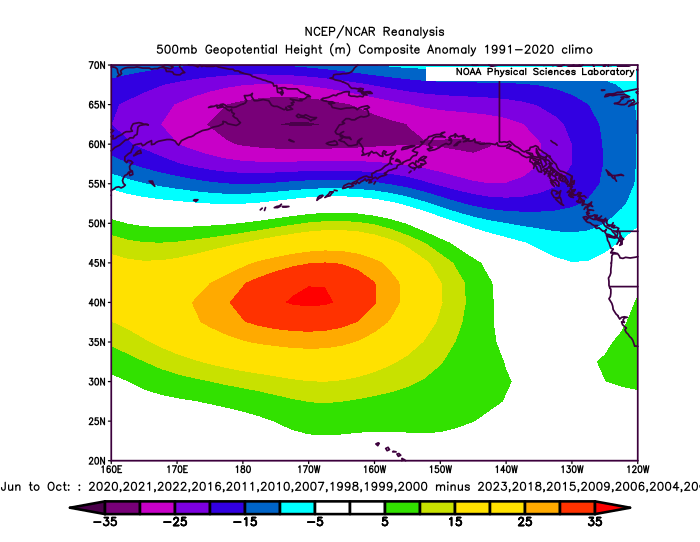
.gif.bae5992e50d85ba594b1ce5c54ff1efd.gif)
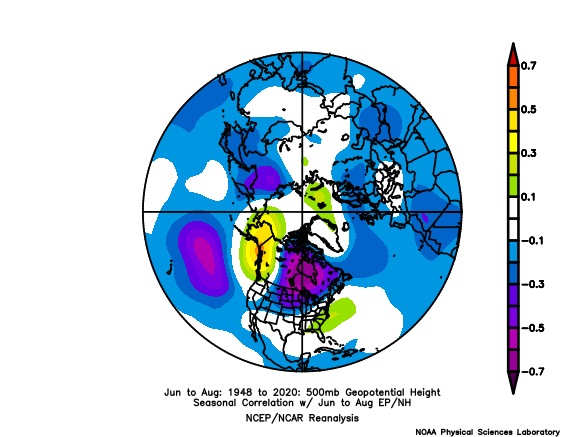
.gif.d3d05fefd391c9c59ce7af08bb2c54bd.gif)
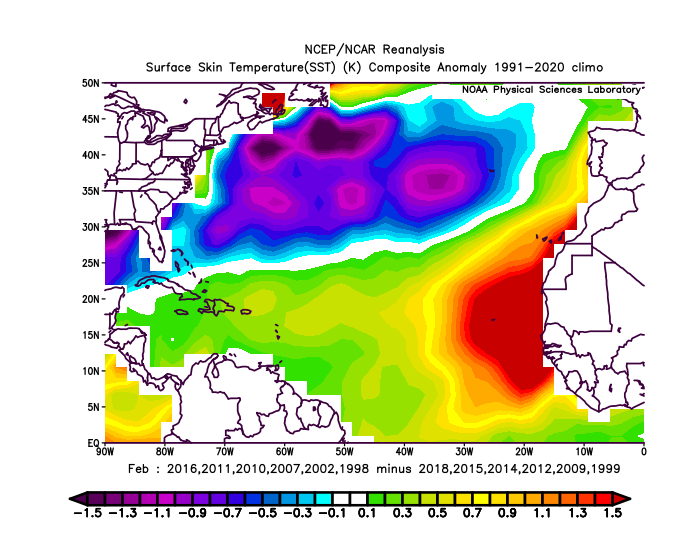
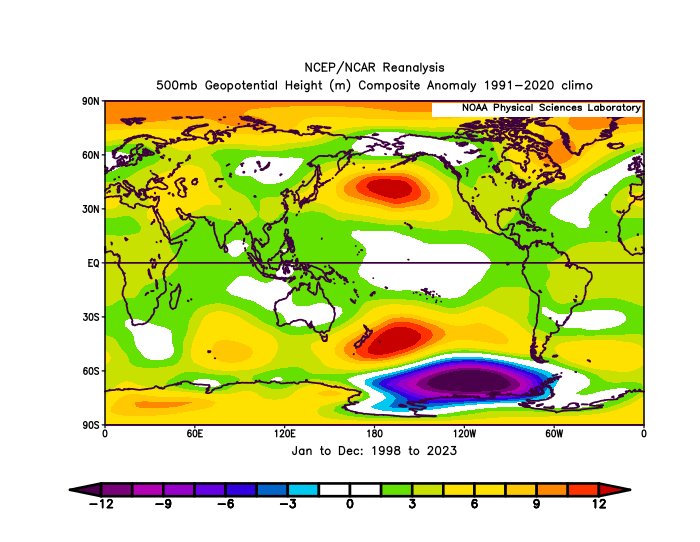
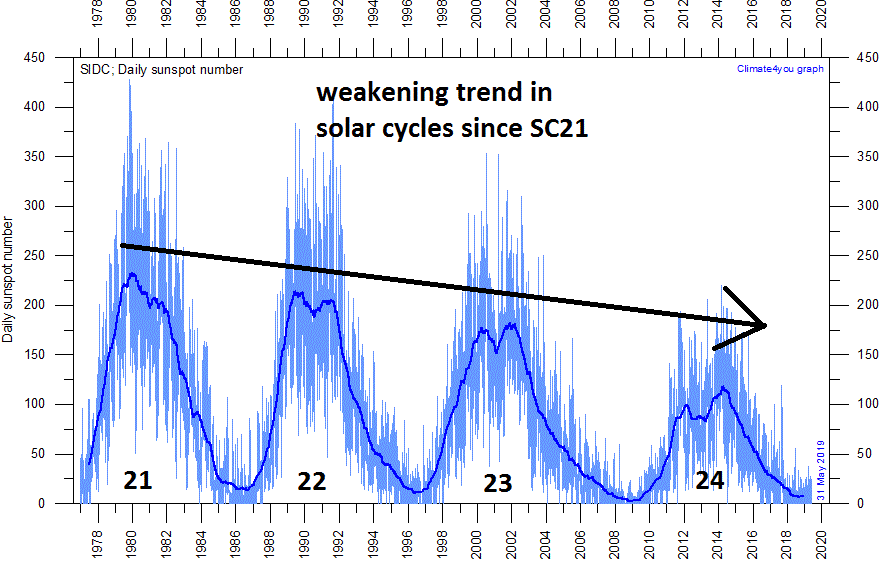

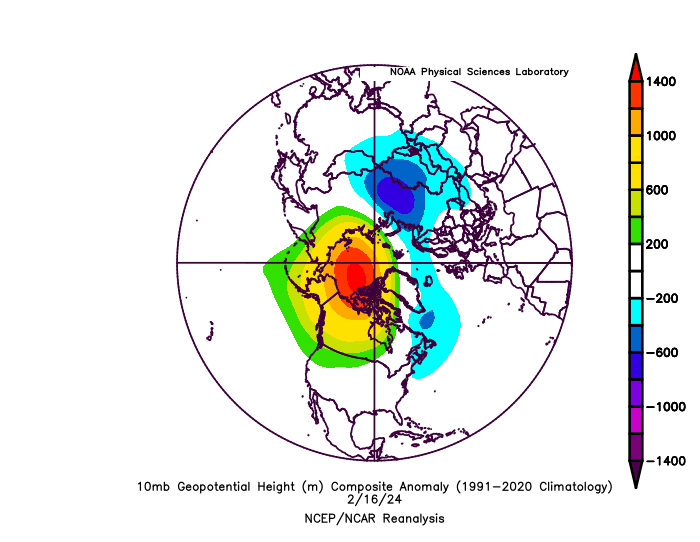
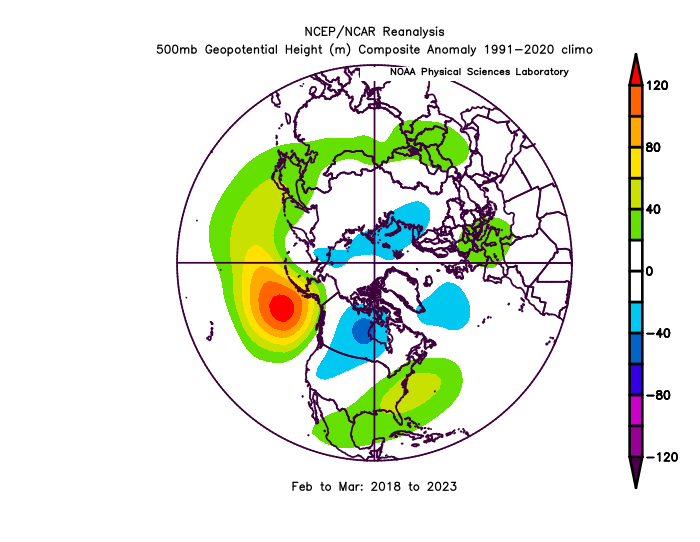
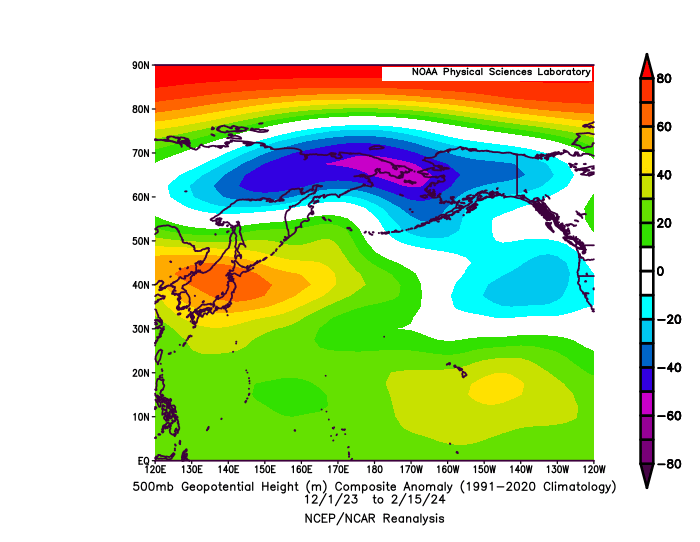
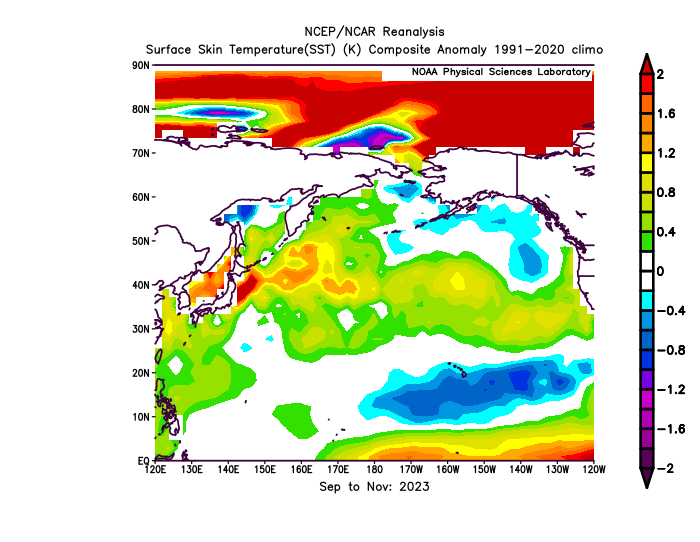
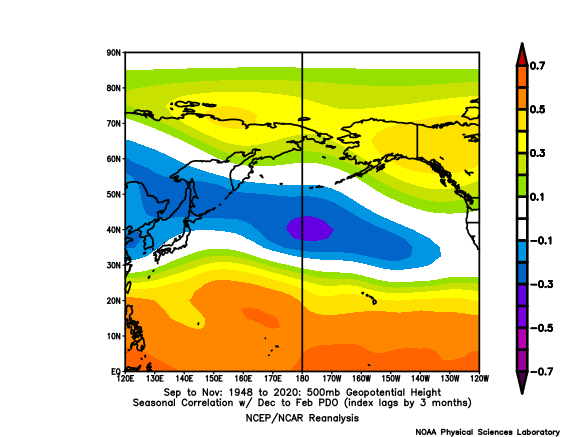
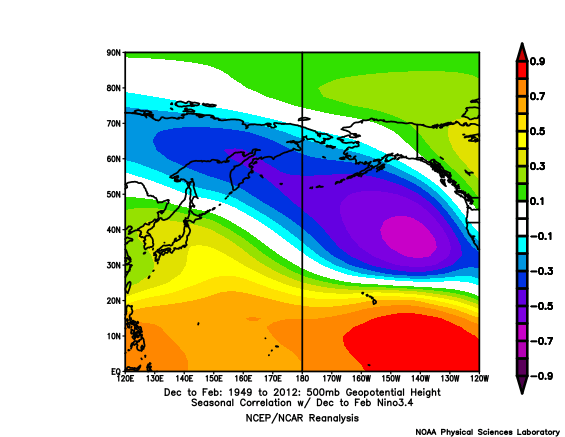
.gif.870c2030a8654720a3ab5239e87fffc8.gif)